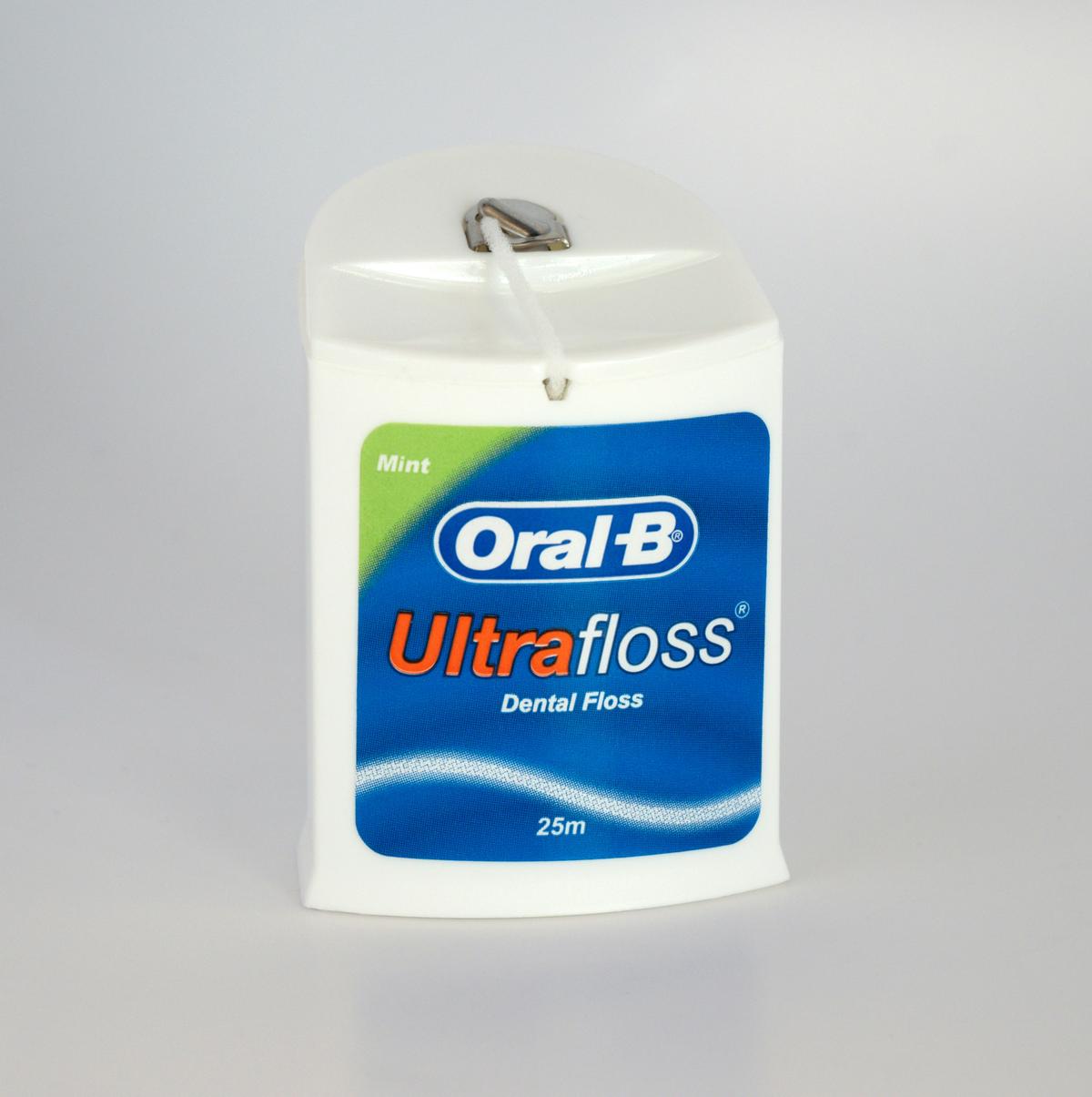Flossing is an important part of maintaining oral hygiene that is often overlooked. While brushing is crucial, flossing is equally vital for keeping our teeth and gums healthy.
Understanding Flossing Benefits
Flossing plays a crucial role in oral hygiene, working alongside brushing to keep our mouths clean and healthy. It effectively cleans between our teeth, removing plaque and food particles that toothbrushes can’t reach. \These small gaps are prime spots for plaque buildup, which can lead to cavities and gum diseases like gingivitis if left unchecked. Daily flossing helps prevent these issues by removing plaque and keeping your gums in good shape.
In addition to preventing cavities, flossing is essential for preventing bad breath. Food particles stuck between your teeth can release odors as they decompose, but regular flossing helps remove them and maintain fresh breath.
Flossing not only benefits oral health but also contributes to overall well-being. Research suggests that bacteria in untreated plaque may contribute to more serious conditions, such as heart disease1 or diabetes2. By flossing, you’re taking a proactive step in protecting your entire body’s health.
To establish a good flossing routine, choose a time of day when you’re less rushed and make it part of your daily routine, just like brushing. If traditional floss doesn’t work for you, there are alternatives like floss picks, water flossers, and air flossers that can make the task easier and more enjoyable.
If you experience bleeding gums while flossing, it may indicate that you need to improve your oral hygiene routine. Consistent and correct flossing techniques usually resolve this issue over time. However, if concerns persist, consult your dentist.
Incorporating flossing into your daily routine is an investment in both your oral health and overall well-being. By making flossing a priority, you’re not only working towards a beautiful smile but also taking steps to maintain your health. Embrace flossing as an integral part of your oral hygiene regimen, and your teeth and gums will thank you!
Choosing the Right Dental Floss
Choosing the right type of dental floss can be overwhelming with the various options available. Here’s a guide to help you navigate the floss aisle and find the perfect fit for your dental needs and preferences.
- Nylon floss is a classic choice, available in both waxed and unwaxed options, as well as various flavors. Waxed versions glide more smoothly between tight teeth spaces, while unwaxed floss is better at grabbing small particles. However, nylon floss can fray, especially in tight spots or around sharp edges.
- Monofilament floss, made from a single strand of PTFE, glides smoothly through tight spaces without fraying. It’s more expensive than nylon floss but offers a hassle-free experience.
- Dental tape is a flat, broad version of nylon floss that is gentler on teeth and gums. It’s a good choice if you have more space between your teeth or prefer a milder flossing experience.
- For those with braces, bridges, or wide gaps, super floss is a versatile option with stiff ends and spongy segments. Floss picks are convenient, disposable, and easy to use, making them a good choice for on-the-go flossing, although they may not be as thorough as traditional floss.
Ultimately, the best type of floss depends on your personal preference. Experiment with different options to find the one that works best for you. The most important thing is to keep your teeth and gums healthy by maintaining a regular flossing routine. Choose a floss that you’ll use consistently, and make it a part of your daily dental care routine.

Perfecting the Flossing Technique
Flossing effectively is crucial for maintaining healthy gums and a bright smile. Here’s how to make it a part of your daily care routine:
- First, choose the right tool for the job, whether it’s a traditional floss or a water flosser. Comfort is key to making flossing a habit that sticks.
- Start by taking an 18-inch piece of floss, which gives you enough to work with and ensures you use a clean segment for each tooth. Wind most of the floss around each middle finger, leaving an inch or two to work with.
- Gently insert the floss between two teeth using a zigzag motion, being careful not to snap it into the gums. Once the floss is in position, curve it into a “C” shape against one tooth and slide it gently into the space between the gum and tooth until you feel resistance.
- Move the floss gently up and down, using the sides of each tooth as a guide. Focus on being thorough rather than fast, ensuring each nook and cranny is cleaned. When moving to the next space, unroll a fresh section of floss to use a clean piece for each tooth.
- Don’t neglect hard-to-reach back teeth. They need attention too, even if it means working with your mouth open a bit wider.
For those with braces, bridges, or extensive dental work, specialized tools like floss threaders or water flossers can make the process easier and still effective.
Remember, flossing isn’t just about removing food pieces; it’s about disrupting and removing plaque buildup that’s invisible to the naked eye. Daily flossing, along with regular brushing, keeps that buildup at bay and supports gum health.
Include flossing in your nightly routine, right before brushing. This allows any dislodged particles and plaque to be brushed away afterward, leaving your mouth cleaner.
By making flossing an integral part of your oral hygiene routine, you’re investing in your oral health and overall well-being. A little floss goes a long way in maintaining healthier gums and teeth.

Adding Flossing to Your Daily Oral Hygiene Routine
Integrating flossing into your daily oral hygiene routine is a fundamental step toward safeguarding your overall health. By giving flossing the recognition and regularity it deserves, you’re investing in a healthier future for both your smile and your body.
- Lockhart PB, Bolger AF, Papapanou PN, et al. Periodontal disease and atherosclerotic vascular disease: does the evidence support an independent association?: a scientific statement from the American Heart Association. Circulation. 2012;125(20):2520-2544.
- Mealey BL, Oates TW; American Academy of Periodontology. Diabetes mellitus and periodontal diseases. J Periodontol. 2006;77(8):1289-1303.








